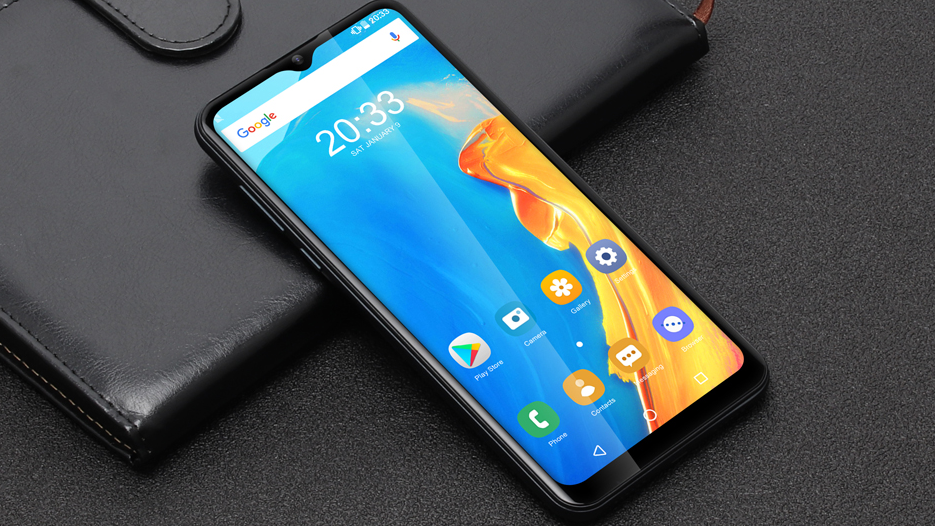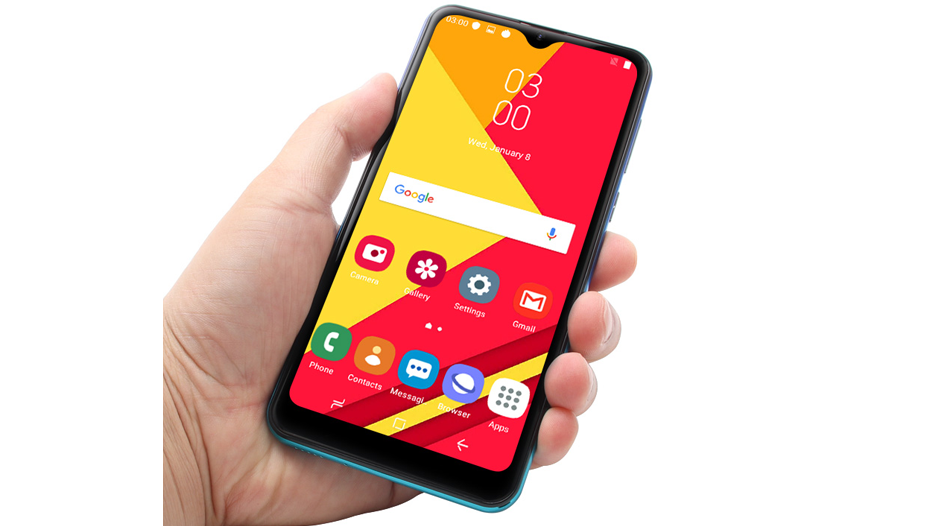Recent Blog
-
UNIWA will bring new models of handheld smart terminals to MWC Barcelona 2025. Our booth number is 7F21. Welcome to visit us!
2025-01-18 -
Welcome to visit our booth 5H26.From October 18th~21st 2023,UNIWA will participate in the Hong Kong Global Sources Electronics Fair
2023-09-19 -
Welcome to visit our booth 5J29. From April 18th~21st 2023, UNIWA will participate in the Hong Kong Global Sources Electronics Fair
2023-04-03 -
The Top 6 Android Barcode Scanners in 2023
2023-02-24
What Was the First Smartphone? Interesting Facts 2022
From Simon to the iPhone: the history of smartphones
The history of mass-market smartphones begins with the success of Apple's iPhone, but in reality, the first model of telephone with extended functions dates back to 1993, built by IBM.
In less than 20 years, we have gone from rudimentary devices with a prehistoric look to the modern jewels of today's technology.
In the beginning it was darkness. Then IBM decided it was Simon's time. And there was light.

What was the first smartphone? An attempt to create a phone with voice
Simon is effectively the technology industry’s first real attempt to create a phone with voice and data capabilities. Simon was in fact capable of telephoning, sending faxes and had PDA diary functions. Like all self-respecting smartphones, it was, of course, a touchscreen: a touch that led directly into the future.
It was a product aimed only at business customers, due to the prohibitive costs of communication. But what made it most expensive of all was the mentality of those years, which hardly conceived the need for a telephone to do everything.
The telephone companies themselves did not see a similar object as a mass product, and therefore had condemned it to a use aimed at a very few lucky ones. In fact, 15 years will have to pass for companies to understand the new business of global communication on a mobile platform, precisely with the arrival of the iPhone.
The Palm Pilot shocked the smart handheld market
The Palm Pilot wasn't a real smartphone, because it didn't phone. Yet its diffusion in the workplace was a real shock for users, who could always carry the entire telephone book with them, take notes and mark all kinds of appointments in the interactive calendar.
It had 128 KB of memory and a 16MHz processor. It just lacked the voice function. But in fact, it was the first earthquake in the smart handheld / electronic agenda.
The arrival of the Nokia 9110 Communicator
The arrival of the Nokia 9110 Communicator (prohibitively expensive) had in all respects the appearance of a modern smartphone. If the screen remained in grayscale and was unable to browse the Web. Yet that model will be taken as an example from all over the sector in the following years. Meanwhile, Nokia was becoming the world leader in the sector.
The BlackBerry 5810: first true smartphone in history
In the late 1990s, Canadian Research in Motion, best known for its "pagers" (used by tens of millions of users around the world) designed a phone capable of surfing and reading emails in real time. A real revolution. Almost a big bang. Thus, began the modern era of smartphones.
The BlackBerry 5810 is to all intents and purposes the first true smartphone in history, and Canadians are the inventors of the computerized phone.

2007: Apple Joins the Game
2007 is the year of Apple: Cupertino challenges the world market with the product conceived according to the “user-friendly” philosophy. This is the simplest device on the market, the best in quality. Navigating now has a whole other meaning. The iPhone immediately becomes the reference product for everyone. A transversal fashion that remains intact after 4 years.
Android was born at the end of 2007
It is the reference system for the extremist philosophy of open source at any cost. Its success is numerically extraordinary. In a short time, you can get rid of BlackBerry, Windows Phone and, above all, Symbian. Android is the real alternative to the Apple branded phone. Beyond is the void.
The first real big success of Android
The Motorola Droid represents the first real big success of Android, success meant in the number of devices sold. The Droid sold over 1 million units in the first month, also supported by Verizon’s powerful network.
HTC and Samsung push the development of their phones further by adapting them to the Google operating system. The data network is the very fast 4G. But we are practically nowadays.
What comes next?
Since 2007, Apple has launched 21 new iPhones and Google brought the Android to market, quickly followed by many of its own iterations. Countless apps have become available and monetized.
We’ve seen incredible advancements in almost every aspect of the smartphone. Modern cellphones have more memory, speed and power than previously imaginable.
Smartphone cameras take professional-quality pictures and effortlessly stream music, videos and games. And consumers can pay for many products and services via smartphone.
What technology will the smartphone present us next? Let's expect it together!
Describe Your Needs In Detail!
We will carefully evaluate your needs and give professional solutions.
